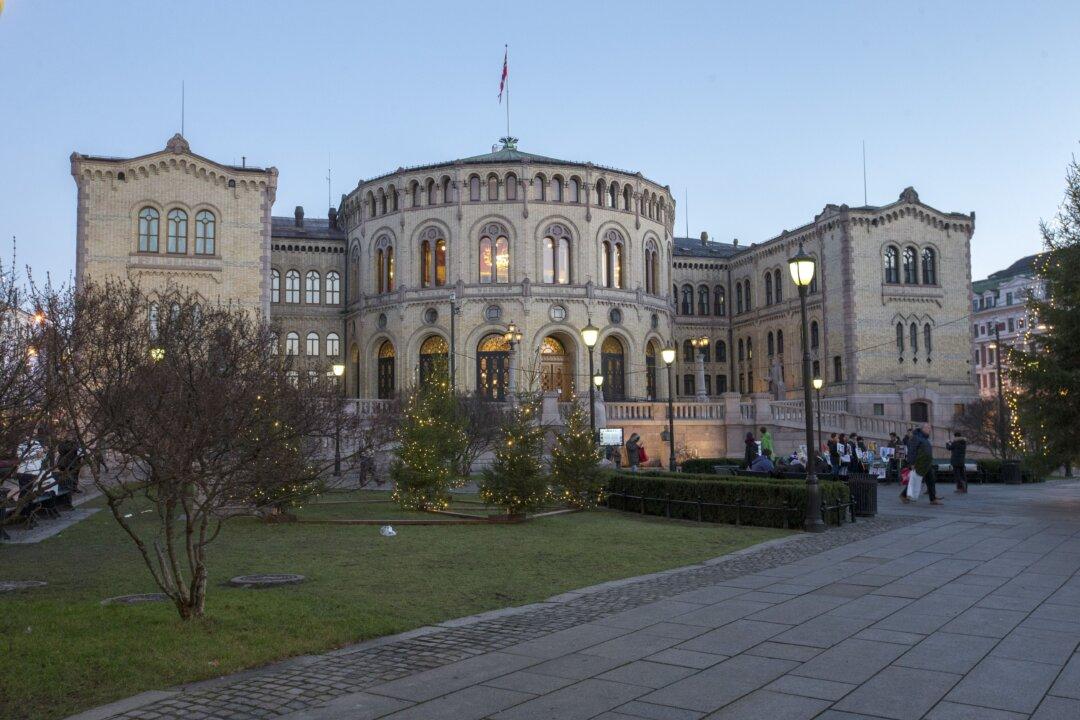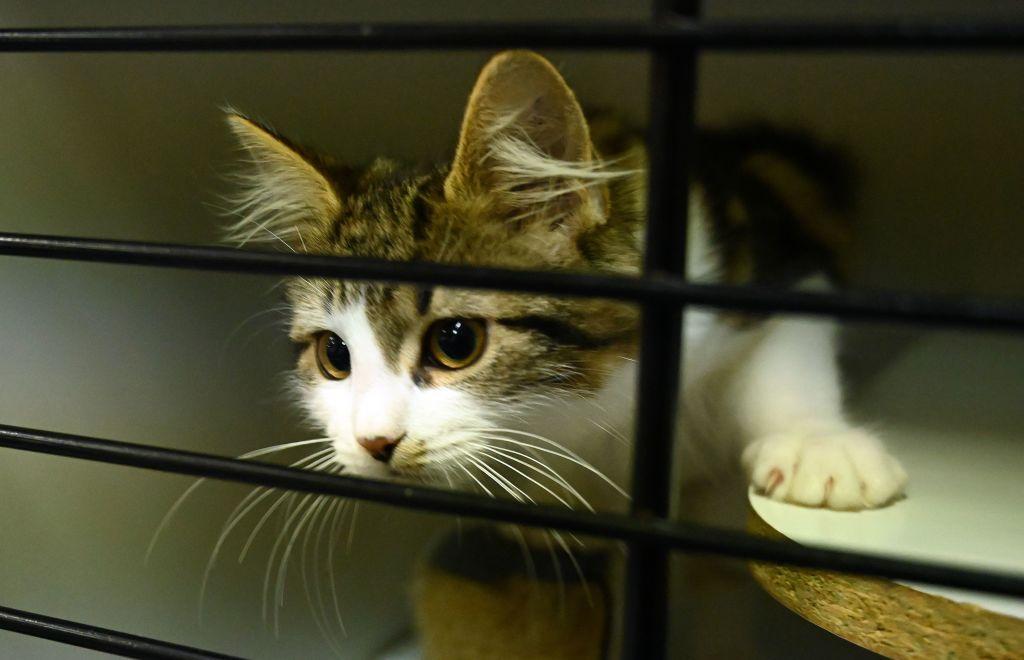The Norwegian prison system is highly effective at rehabilitating offenders, with the country achieving one of the lowest recidivism rates globally.
Norwegian Correctional Services employ a prison system that is quite different to a lot of countries, emphasizing the future reintegration of prisoners and emphasising measures to ensure a smooth transition back into society.




